Weather Resistant Wood
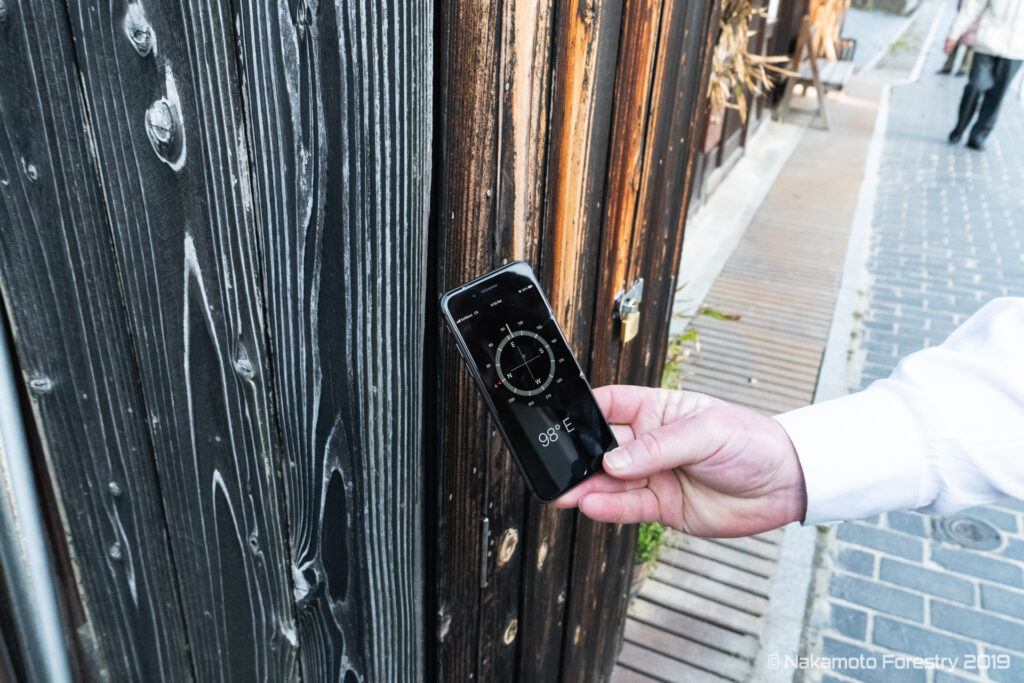
Discover the benefits of weather resistant wood for facades. Learn why Sugi, enhanced by the Yakisugi technique, is a durable, stable, and beautiful choice for exterior cladding.

Discover the benefits of weather resistant wood for facades. Learn why Sugi, enhanced by the Yakisugi technique, is a durable, stable, and beautiful choice for exterior cladding.

Learn how to protect and enhance Yakisugi cladding with natural oils and eco-friendly finishes—preserve its beauty with minimal maintenance.
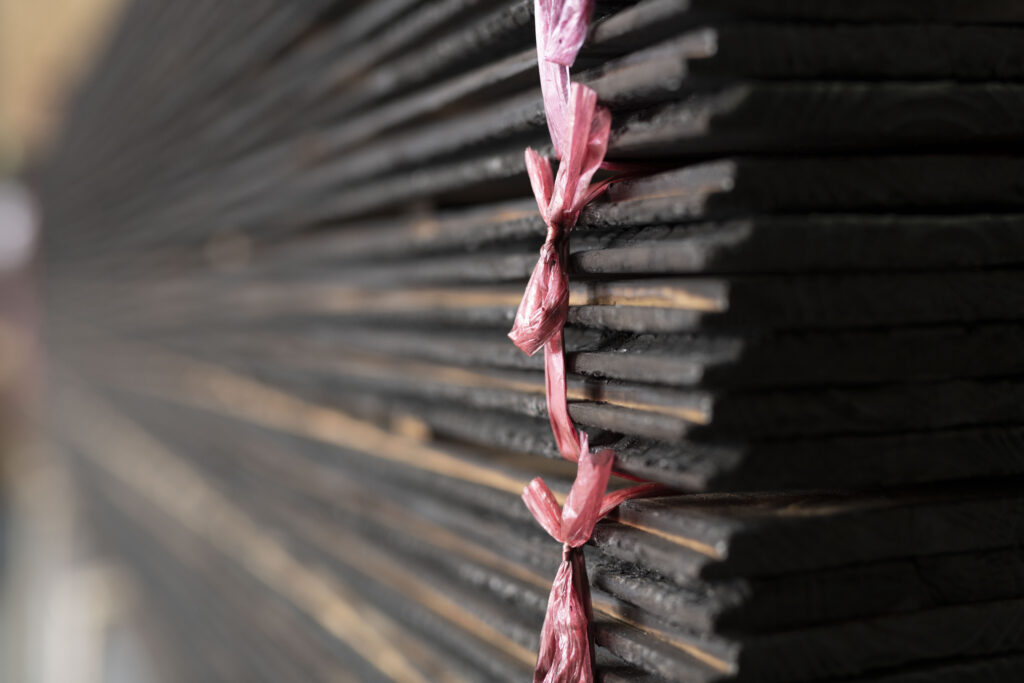
Larch or Cedar? Both Siberian larch and Japanese sugi cedar are excellent for timber façades. Siberian larch is especially common in Europe, valued for its robustness and slow growth in cold climates.
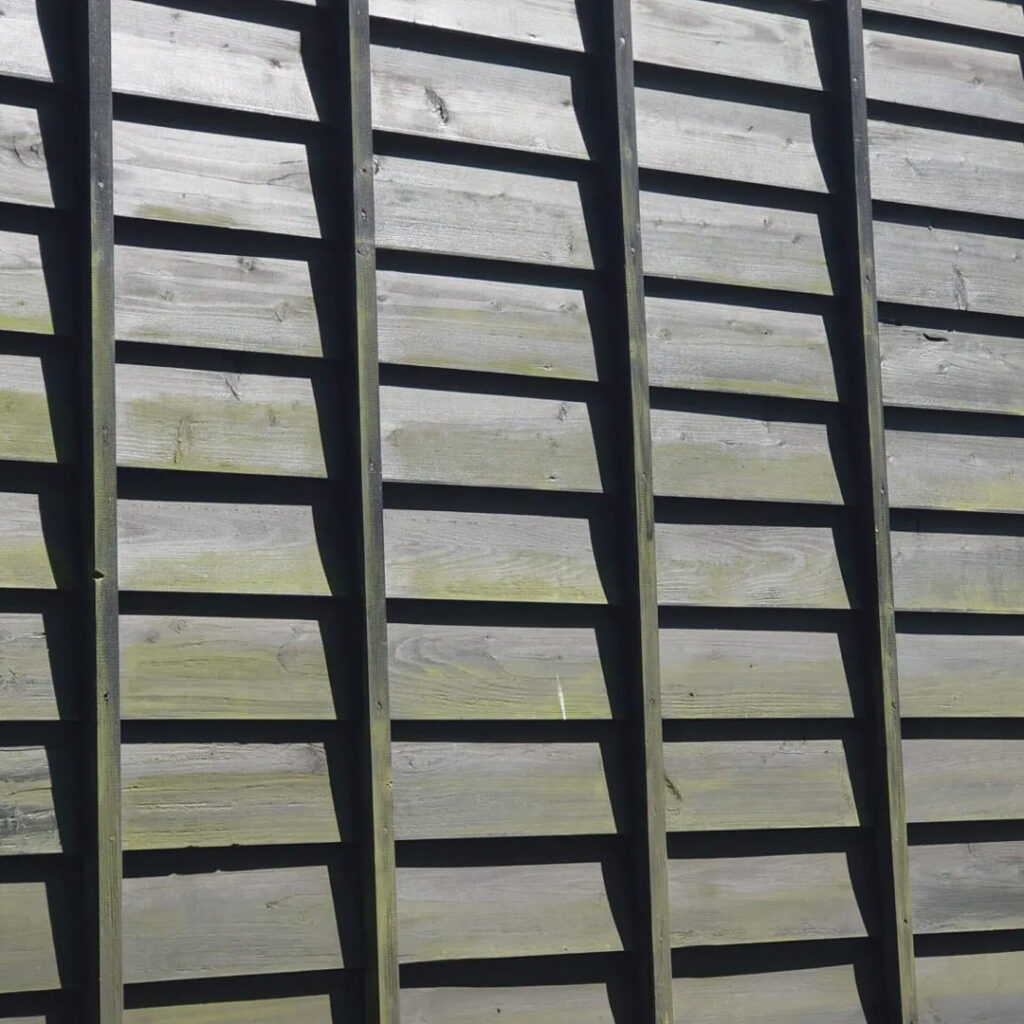
The term “Yoroi Bari,” refers to an intriguing method of exterior siding that draws inspiration from traditional Japanese Samurai armor – the Yoroi. This article delves into the history, and characteristics of this unique architectural style, offering insights into its growing relevance in contemporary design.
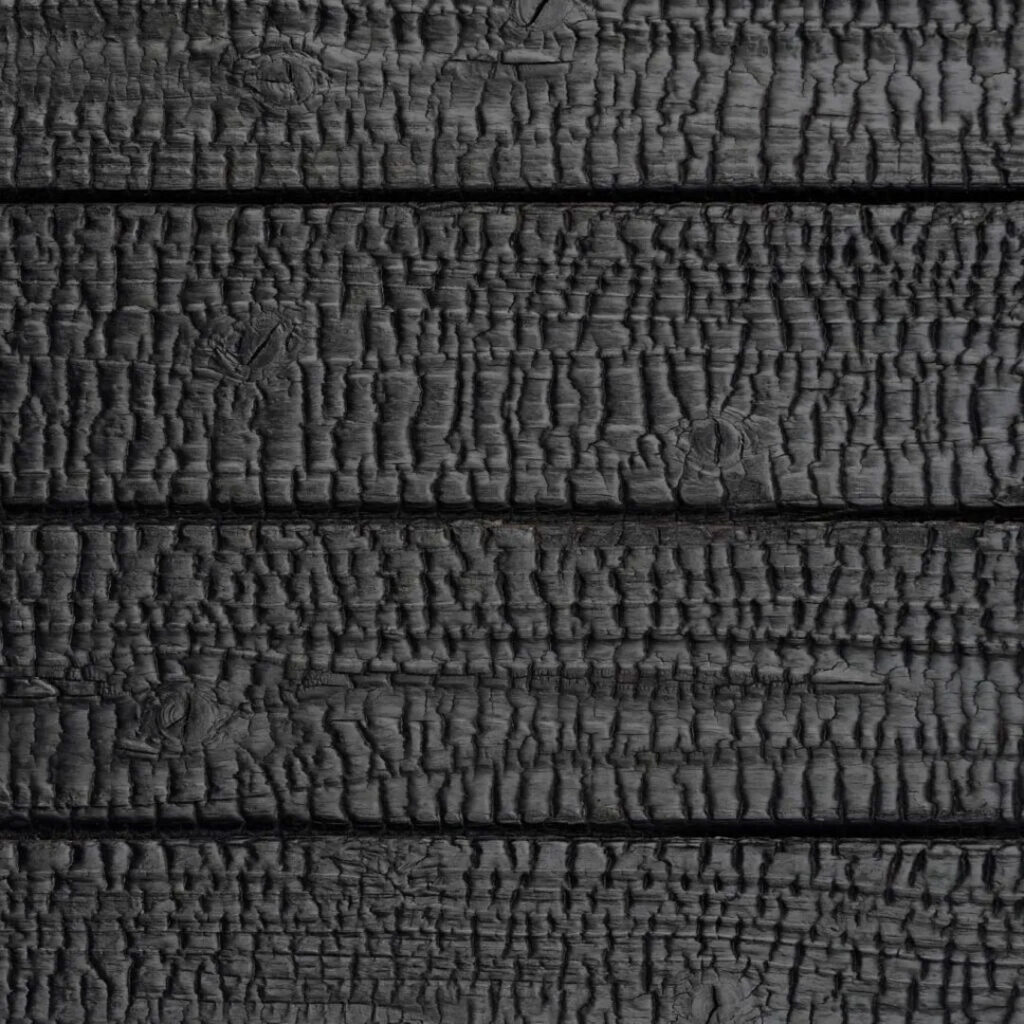
The intense heat treatment bestowed upon the wood does more than just mark its surface; it fundamentally transforms its structure, bolstering its strength and endurance.
Our journey here will take us beneath the charred exterior to uncover the significant effects of Yakisugi on the wood’s cellular composition and its extensive advantages.

The third and final step in choosing your Yakisugi facade material is to select the profile. If you have already decided on one of our surfaces, Suyaki, Gendai or Pika-Pika, and also determined the appropriate coating for your project, you are probably wondering which wood profile will best suit your needs.
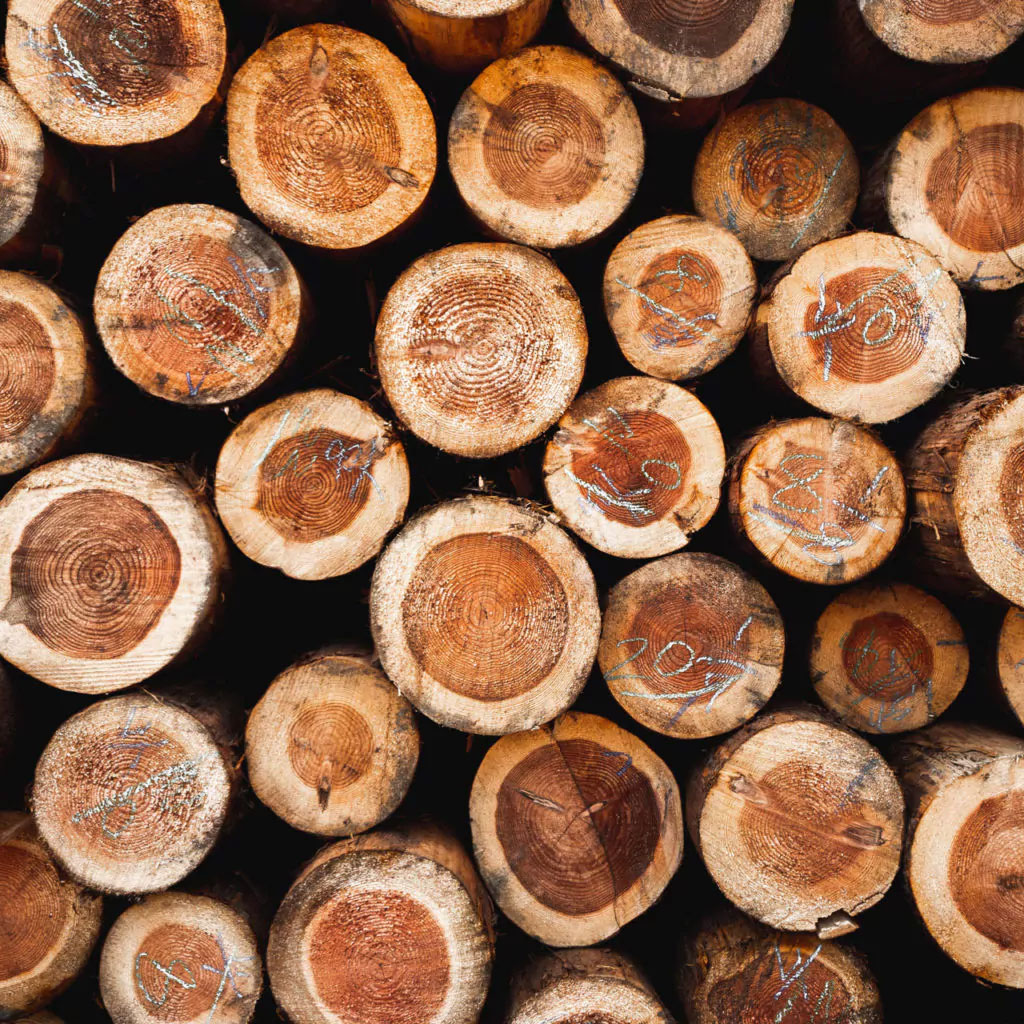
Let’s deep-dive a little more into the Japanese cypress (Sugi in Japanese): Sugi has a distinctive and appealing scent, which happens to repel insects and is also why it is often referred to as Japanese cedar.

The art of wood finishing has a long and fascinating tradition in human history. One of the most remarkable techniques is undoubtedly Yakisugi, also known as Shou Sugi Ban. In this blog post, we delve into the cultural origin of Yakisugi, its historical significance, and its influence on the modern world.
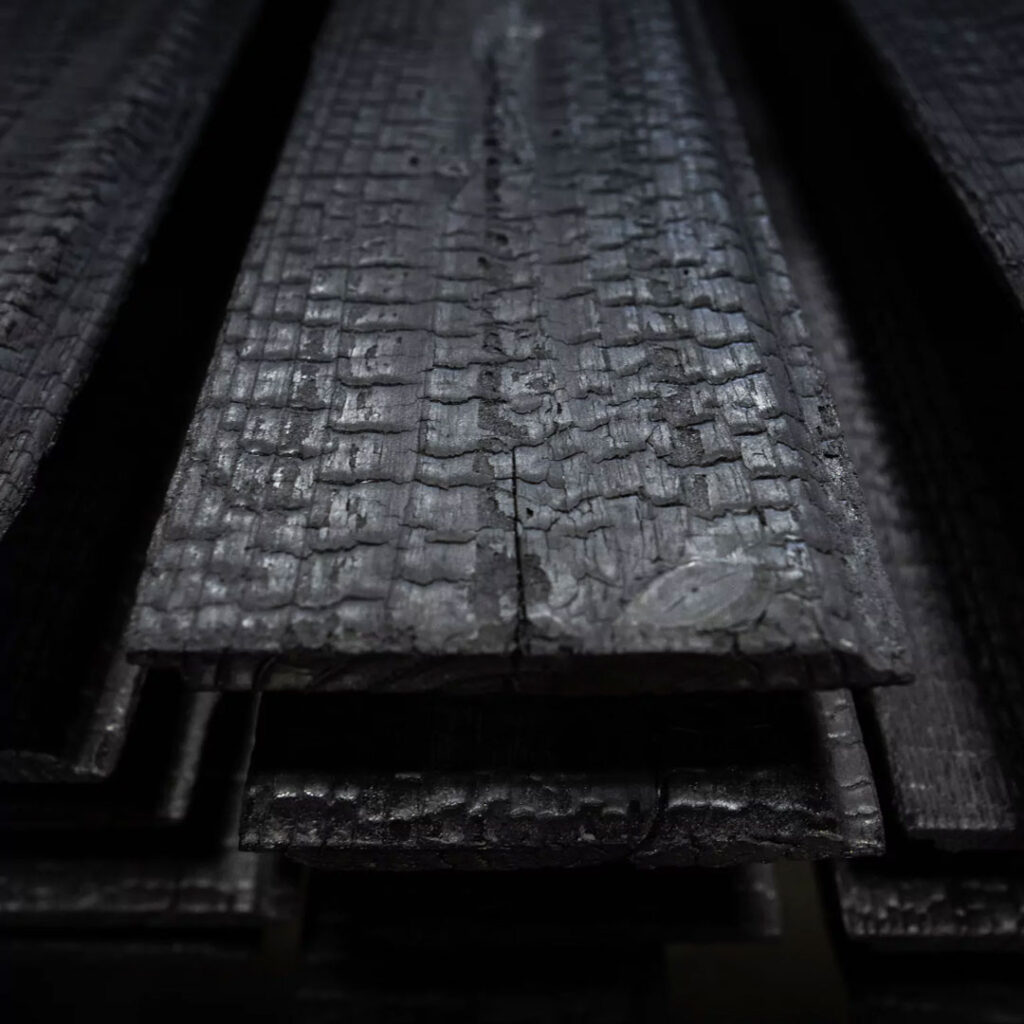
The art of enhancing wood’s natural beauty and durability through traditional Japanese charring techniques has garnered global recognition. In this article, we will delve into the correct readings of these terms and shed light on nowadays differences between Yakisugi and Shou Sugi Ban.
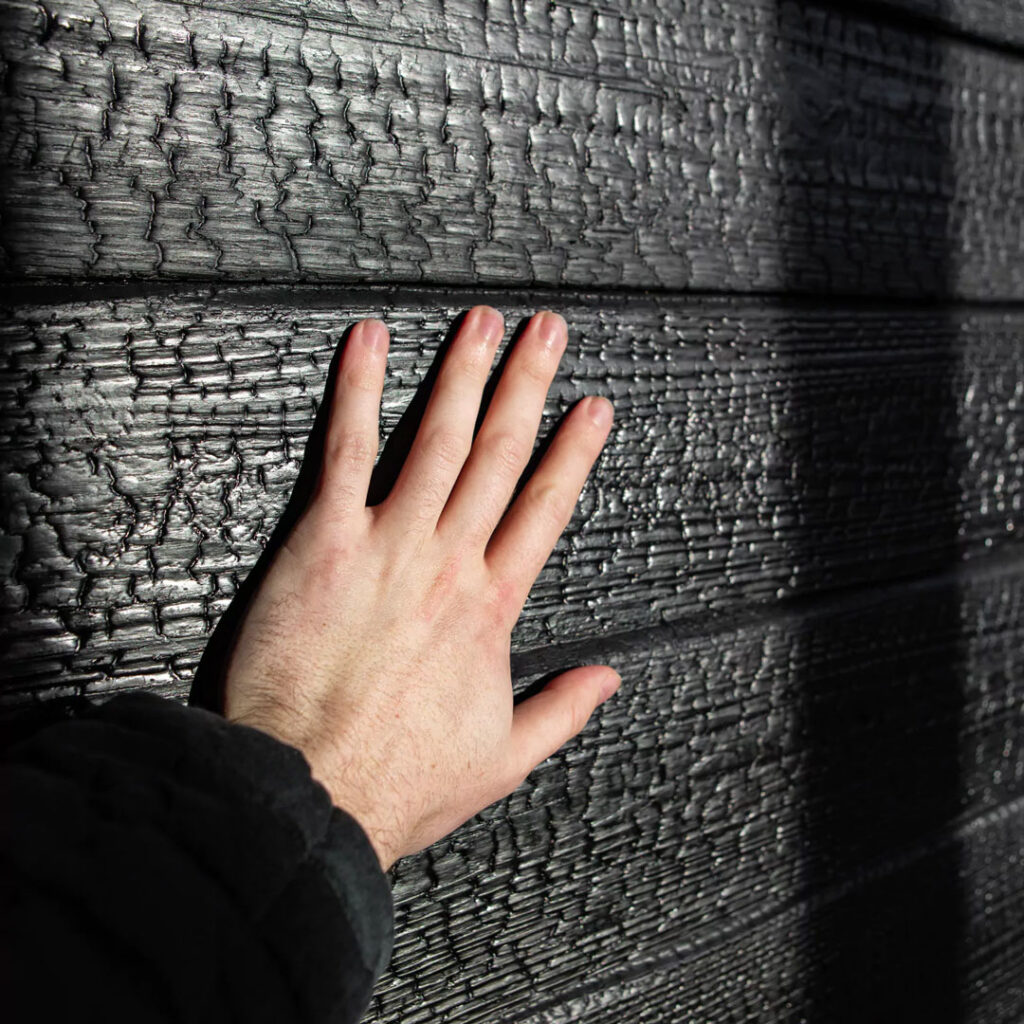
How exactly can you pinpoint authentic Yakisugi? There are two critical musts here: selecting the right variety of wood and applying a manufacturing process true to the tradition.